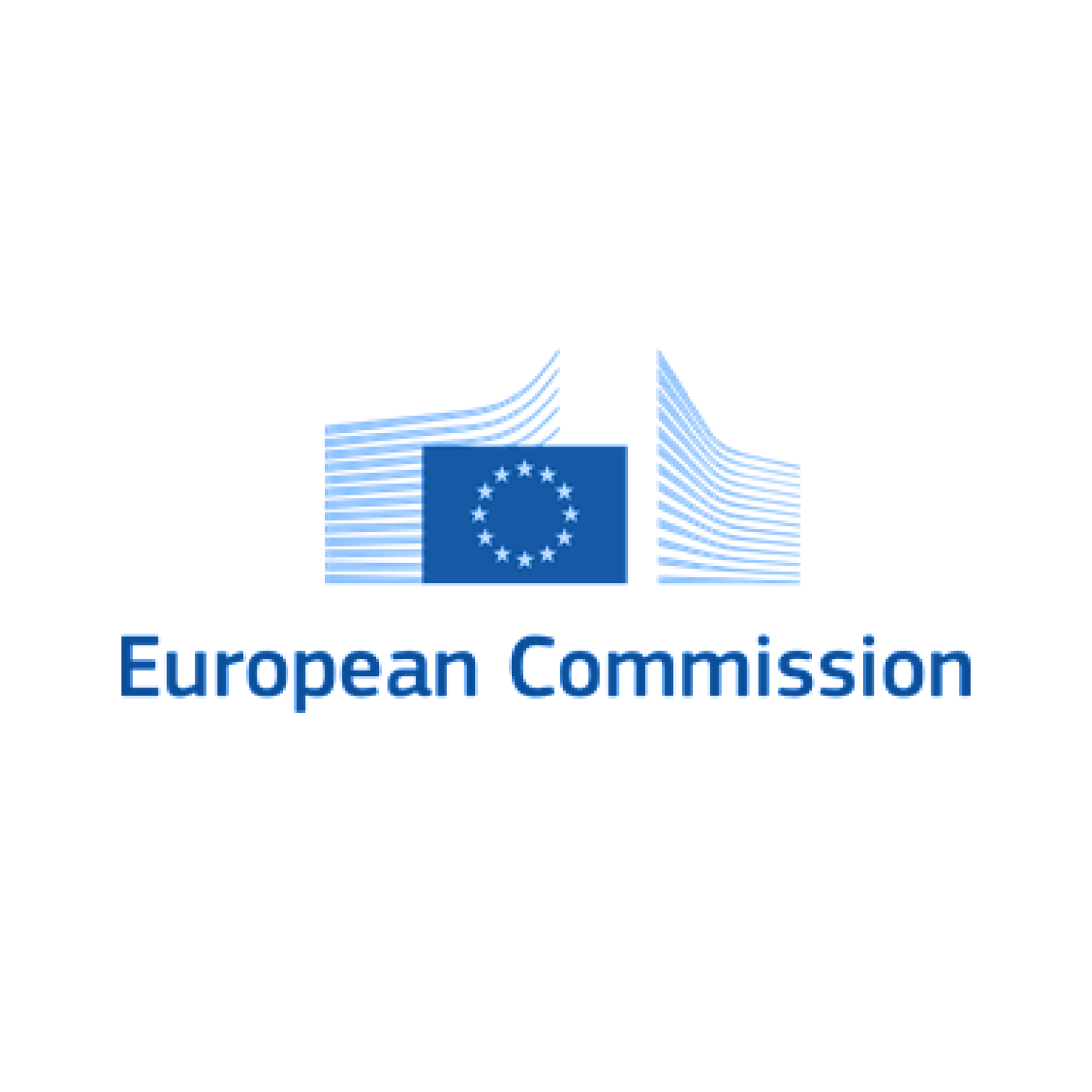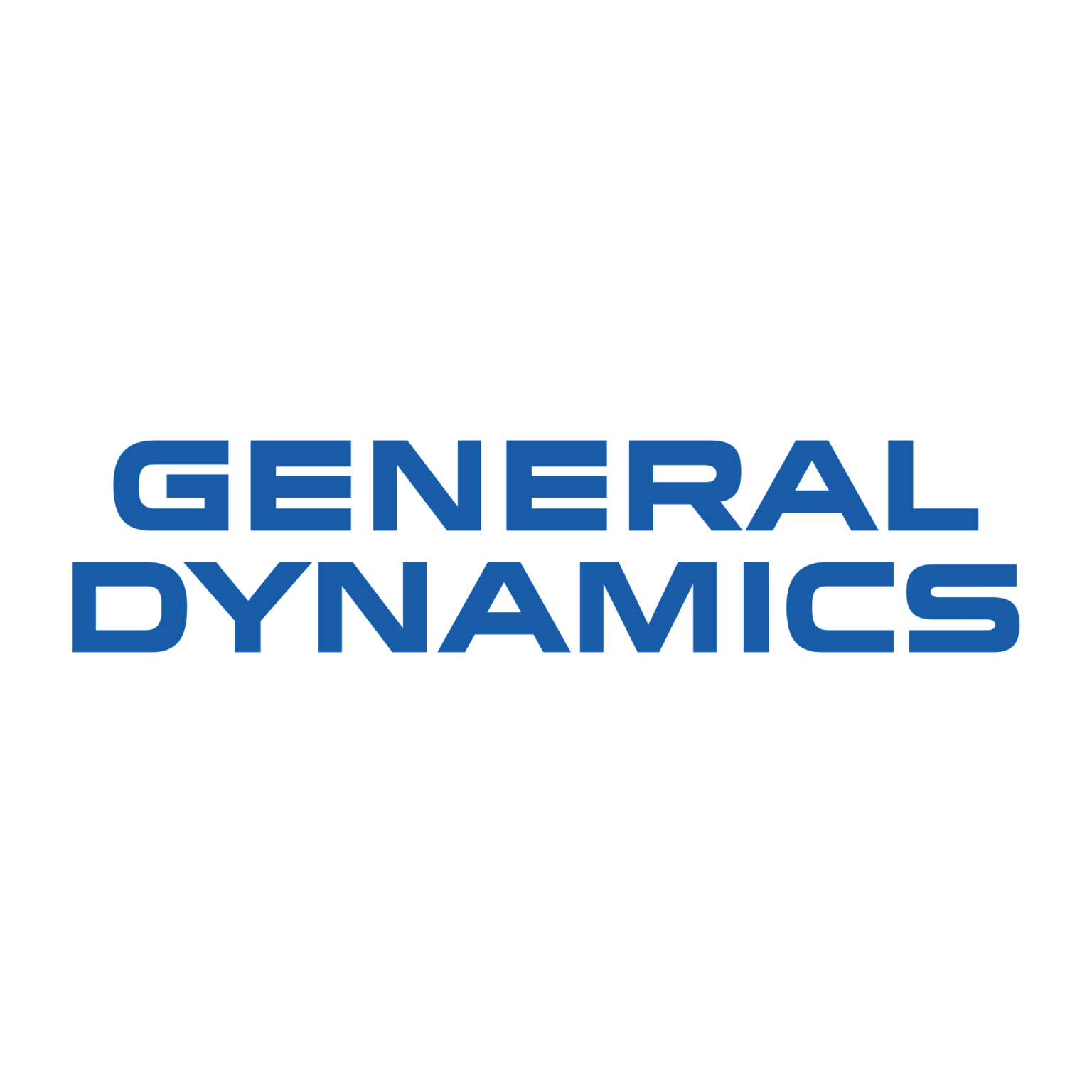
As artificial intelligence (AI) continues to permeate various aspects of business operations, organizations face the critical challenge of ensuring responsible and ethical use of AI technologies. Central to this endeavor is the implementation of robust AI governance and risk management practices. In this blog, we'll delve into the importance of applying AI governance and risk management, along with key strategies for implementation, leveraging features that facilitate these processes without explicitly mentioning specific platforms.
Why AI Governance and Risk Management Matter
AI governance and risk management are essential for ensuring that AI systems operate ethically, transparently, and in compliance with regulatory requirements. By implementing effective governance frameworks and risk management practices, organizations can mitigate potential risks associated with AI, such as data breaches, algorithmic biases, and regulatory non-compliance. Moreover, robust governance and risk management contribute to building trust among stakeholders and fostering responsible AI adoption.
Key Components of AI Governance and Risk Management
- Establishing Ethical Guidelines: Define clear ethical guidelines and principles for AI development, deployment, and use, aligning with organizational values and regulatory requirements.
- Data Governance and Privacy: Implement robust data governance practices to ensure the quality, integrity, and privacy of data used in AI systems, including data anonymization, access controls, and compliance with data protection regulations.
- Bias Detection and Mitigation: Employ techniques to detect and mitigate biases in AI algorithms and data sets, ensuring fairness and equity in AI-driven decision-making processes.
- Compliance Monitoring: Regularly monitor AI systems for compliance with regulatory requirements and organizational policies, conducting audits and assessments as needed to identify and address compliance gaps.
Applying AI Governance and Risk Management: Best Practices
Define Clear Policies and Procedures:
Establish clear policies and procedures for AI governance and risk management, outlining roles and responsibilities, decision-making processes, and escalation procedures for addressing potential risks.
Conduct Regular Risk Assessments:
Conduct regular risk assessments to identify potential risks associated with AI systems, considering factors such as data privacy, security vulnerabilities, and ethical considerations.
Implement Transparency and Explainability:
Prioritize transparency and explainability in AI systems, enabling stakeholders to understand how decisions are made and the rationale behind them, fostering trust and accountability.
Foster Collaboration and Communication:
Foster collaboration and communication among cross-functional teams involved in AI governance and risk management, including data scientists, legal experts, compliance officers, and business stakeholders.
Leveraging BusinessGPT Features for AI Governance and Risk Management
- Real-Time Monitoring: Utilize real-time monitoring features to track AI system performance and detect anomalies or security breaches promptly.
- Risk Assessment: Conduct risk assessments using AI-powered tools to identify potential security vulnerabilities and mitigate risks proactively.
- Compliance Auditing: Leverage AI-driven compliance auditing tools to ensure adherence to regulatory requirements and security best practices.
- User Authentication: Implement robust user authentication mechanisms to control access to AI systems and prevent unauthorized use or tampering.
Conclusion
In conclusion, applying AI governance and risk management is essential for organizations seeking to harness the benefits of AI while mitigating associated risks. By establishing clear policies and procedures, conducting regular risk assessments, prioritizing transparency and collaboration, and leveraging advanced features to facilitate governance and risk management processes, organizations can navigate the complexities of AI adoption with confidence and integrity.
Ready to steer your organization through the AI landscape safely and ethically?












